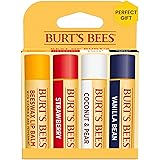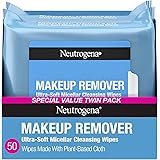Healthy, lustrous hair is a universal desire. Hair treatment can help achieve this goal.
Everyone wants beautiful hair that shines with health. But daily stress, pollution, and poor diet can damage your hair. This is where hair treatments come in. Hair treatments are designed to nourish, repair, and enhance your hair’s natural beauty. Whether you are dealing with dryness, split ends, or hair loss, there is a treatment for you.
These treatments can restore moisture, add volume, and strengthen your hair. In this blog post, we will explore different hair treatments. You will learn how they can improve your hair’s health and appearance. Ready to give your hair the care it deserves? Let’s dive in and discover the best hair treatments for you.
Introduction To Hair Treatment
Hair treatment is essential for maintaining healthy and strong hair. It involves various methods and products to enhance hair quality. Regular treatments can prevent damage and promote growth. In this blog post, we will explore the importance of hair care and common hair problems.
Importance Of Hair Care
Proper hair care keeps hair healthy and vibrant. It helps in preventing breakage and split ends. Clean hair ensures a healthy scalp. A healthy scalp means better hair growth. Regular care also reduces hair loss. It is vital for overall hair health.
Common Hair Problems
Many people face hair problems. Common issues include dandruff and hair loss. Dandruff causes itching and flaking of the scalp. Hair loss can be distressing. Split ends make hair look frizzy and damaged. Dry hair lacks moisture and shine. Oily hair looks greasy and dirty quickly. Managing these issues can improve hair health.
Hair Types And Textures
Understanding your hair is the first step to finding the right treatment. Hair can vary greatly from one person to another. Knowing your hair type and texture helps in choosing the right products and routines.
Identifying Your Hair Type
Hair type is mainly determined by genetics. There are four basic types of hair: straight, wavy, curly, and coily. Each type has unique characteristics.
- Straight Hair (Type 1): Straight hair is smooth and lacks curls or waves. It tends to be oily because sebum travels down the hair shaft easily.
- Wavy Hair (Type 2): Wavy hair forms an “S” shape. It is not too oily or too dry and has a natural wave.
- Curly Hair (Type 3): Curly hair has defined curls and tends to be dry. The curls form ringlets or spirals.
- Coily Hair (Type 4): Coily hair has tight curls or kinks. It is very dry and fragile.
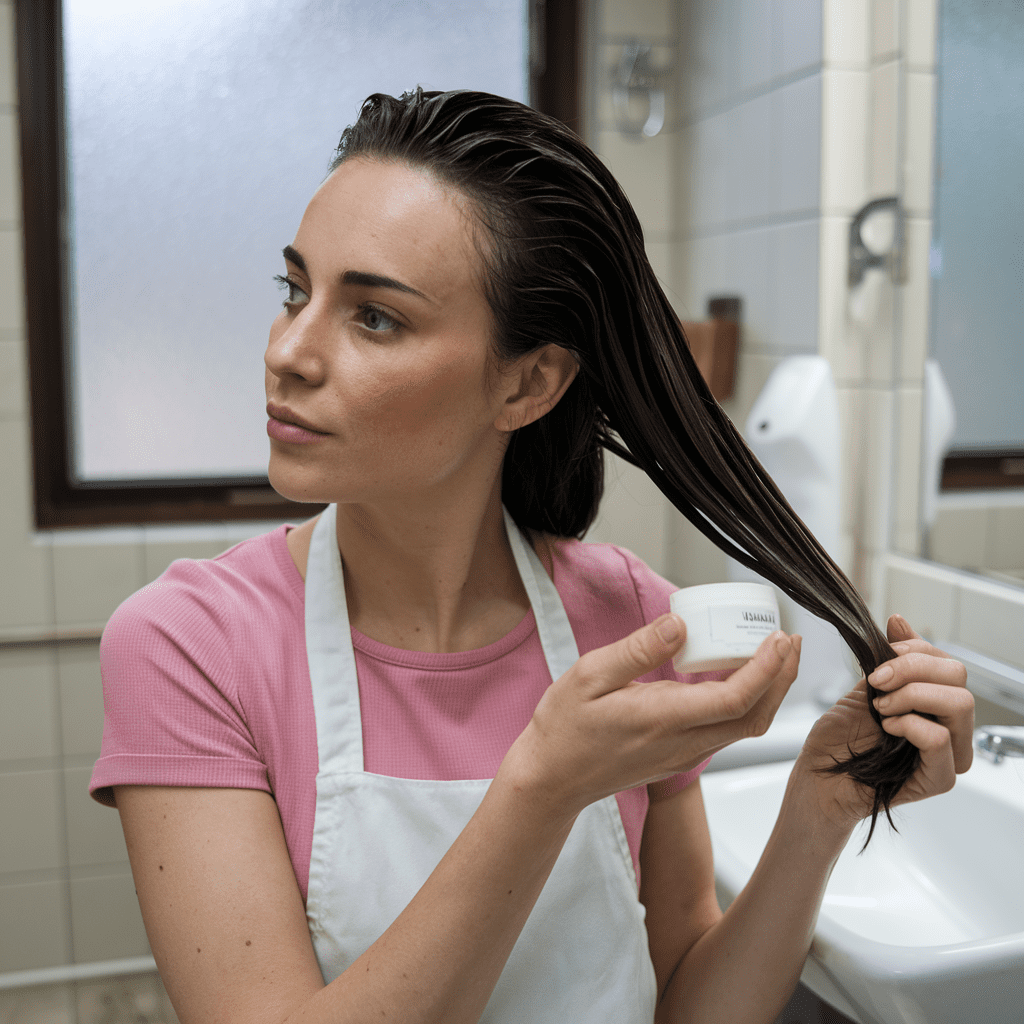
Understanding Hair Texture
Hair texture refers to the thickness of individual hair strands. There are three main textures: fine, medium, and coarse.
| Texture | Characteristics |
|---|---|
| Fine | Thin and delicate. Prone to breakage and can look flat. |
| Medium | Thicker than fine hair. More volume and less prone to breakage. |
| Coarse | Thick and strong. Can be frizzy and hard to manage. |
Knowing your hair texture helps in selecting suitable products. For example, fine hair benefits from lightweight products. Coarse hair needs more moisturizing products.
In summary, identifying your hair type and understanding your hair texture are crucial. It ensures you choose the right treatments and products for your hair. This helps in maintaining healthy and beautiful hair.
Daily Hair Care Routine
Having a daily hair care routine is crucial for maintaining healthy and beautiful hair. Simple habits can make a big difference. Let’s dive into some essential steps for your daily hair care routine.
Washing And Conditioning
Washing your hair properly is the first step. Use a gentle shampoo that suits your hair type. Avoid shampoos with harsh chemicals. These can damage your hair.
Follow with a good conditioner. Focus on the ends of your hair, not the roots. This will prevent your scalp from becoming oily. Rinse thoroughly with cool water to seal the hair cuticle.
| Hair Type | Shampoo Frequency | Conditioner Frequency |
|---|---|---|
| Oily | Every 2 days | Every wash |
| Dry | Twice a week | Every wash |
| Normal | Every 3 days | Every wash |
Detangling Tips
Detangling your hair can be tricky. Use a wide-tooth comb to avoid breakage. Start from the ends and work your way up.
For curly hair, detangle while your hair is wet. Apply a leave-in conditioner for ease. For straight hair, detangle while it is dry. This helps to prevent breakage.
- Always be gentle while detangling.
- Use a detangling spray for stubborn knots.
- Avoid using regular brushes on wet hair.
Incorporating these steps into your daily routine will help maintain healthy, beautiful hair.
Nourishing Hair Treatments
Nourishing hair treatments are essential for maintaining healthy, shiny hair. These treatments hydrate and strengthen your hair, making it more resilient. Two popular methods are deep conditioning and hot oil treatments.
Deep Conditioning
Deep conditioning treatments restore moisture and repair damaged hair. They penetrate the hair shaft, providing intense hydration. Use these treatments weekly for best results.
Here’s a simple deep conditioning routine:
- Wash your hair with a mild shampoo.
- Apply a generous amount of deep conditioner.
- Comb through to distribute evenly.
- Cover your hair with a shower cap.
- Leave it on for 20-30 minutes.
- Rinse thoroughly with cool water.
Deep conditioning helps in reducing frizz and making hair soft. It’s suitable for all hair types.
Hot Oil Treatments
Hot oil treatments nourish dry, brittle hair. They seal the hair cuticle, preventing breakage and split ends. Hot oil treatments can be done at home using natural oils.
Popular oils include:
| Oil | Benefits |
|---|---|
| Coconut Oil | Moisturizes and adds shine |
| Olive Oil | Strengthens and softens hair |
| Argan Oil | Repairs damaged hair |
Follow these steps for a hot oil treatment:
- Warm the oil slightly.
- Apply the oil to your scalp and hair.
- Massage gently for a few minutes.
- Cover your hair with a warm towel.
- Leave it on for 30-45 minutes.
- Shampoo and condition as usual.
Hot oil treatments are ideal for dry and damaged hair. Use them once a week for best results.
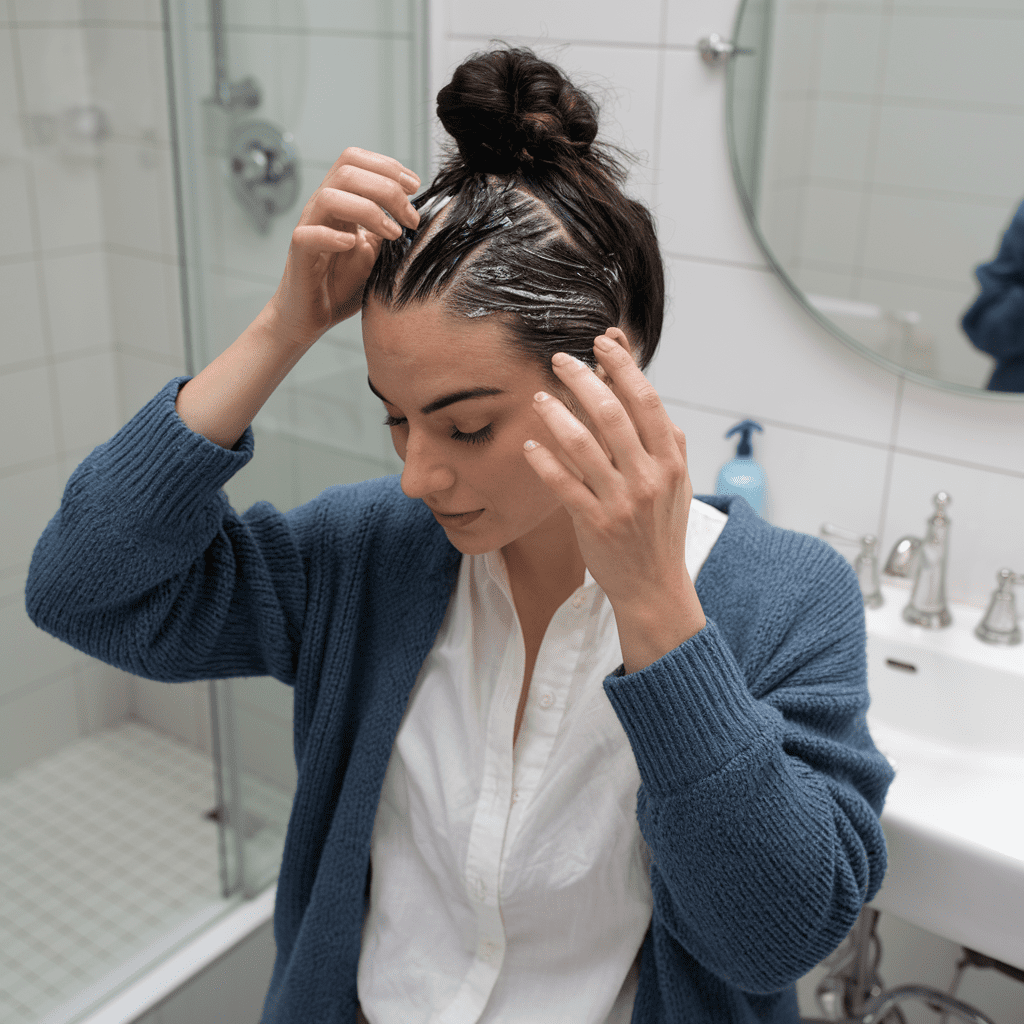
Natural Remedies For Healthy Hair
Maintaining healthy hair doesn’t always require expensive treatments or products. Natural remedies can be just as effective. Using nature’s bounty, you can nourish and rejuvenate your hair. This section explores some of the best natural remedies for healthy hair.
Herbal Solutions
Herbs have been used for centuries to promote hair health. They are rich in nutrients that can strengthen and condition your hair.
- Aloe Vera: It soothes the scalp and conditions hair. Apply fresh aloe vera gel directly to your scalp.
- Rosemary: Stimulates hair growth. Boil rosemary leaves in water and use it as a rinse.
- Nettle: Reduces hair fall. Make nettle tea and use it as a final rinse after shampooing.
- Hibiscus: Prevents dandruff and conditions hair. Crush hibiscus flowers and leaves, mix with water, and apply as a paste.
Diy Hair Masks
DIY hair masks are easy to make and use natural ingredients. They can deeply nourish and repair your hair.
| Ingredients | Benefits | How to Use |
|---|---|---|
| Egg and Olive Oil | Strengthens and adds shine | Mix 1 egg with 2 tbsp olive oil. Apply to damp hair. Leave for 20 minutes. Rinse with cool water. |
| Banana and Honey | Moisturizes and softens | Mash 1 ripe banana with 1 tbsp honey. Apply to hair and scalp. Leave for 30 minutes. Rinse thoroughly. |
| Avocado and Coconut Oil | Repairs and conditions | Mash 1 avocado with 2 tbsp coconut oil. Apply to hair. Leave for 30 minutes. Rinse with warm water. |
These natural remedies are easy to incorporate into your routine. They can help you achieve healthy, beautiful hair without harsh chemicals.
Salon Treatments For Silky Hair
Dreaming of silky hair? Salon treatments can help you achieve it. These treatments smoothen and soften your hair. Let’s explore the best options available.
Keratin Treatments
Keratin treatments are popular for their smoothing effects. They infuse keratin into your hair strands. This protein makes your hair stronger and smoother. The treatment also reduces frizz. It leaves your hair shiny and silky.
The process is simple. A stylist applies keratin solution to your hair. Then, they use a flat iron to seal the keratin. The results can last up to six months. It’s a great option for long-lasting smoothness.
Hair Spa Services
Hair spa services offer deep conditioning. They nourish and hydrate your hair. A hair spa treatment usually includes a head massage. This improves blood circulation and promotes hair growth.
First, your hair is washed with a gentle shampoo. Then, a deep conditioning mask is applied. The mask is left on for about 20 minutes. Finally, your hair is rinsed and blow-dried. This leaves your hair soft and silky.
Regular hair spa treatments can improve hair health. They also help in reducing hair fall. If you want healthy and shiny hair, consider regular hair spa visits.
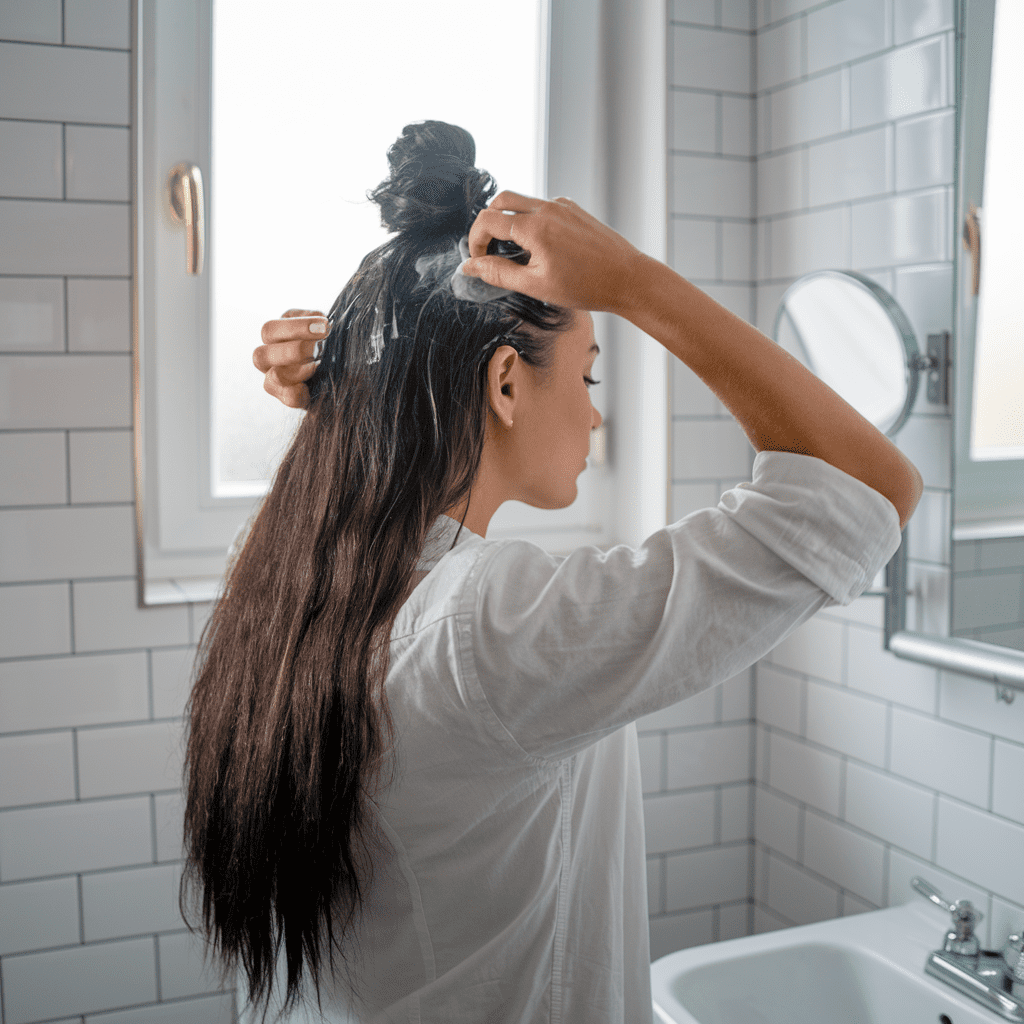
Preventing Hair Damage
Preventing hair damage is crucial for maintaining healthy, vibrant hair. Many factors contribute to hair damage, including heat styling and chemical treatments. Understanding how to protect your hair from these elements can help maintain its strength and shine.
Heat Protection
Heat styling tools, like flat irons and curling wands, can cause significant damage. High temperatures strip the hair of its natural moisture. To prevent this, always use a heat protectant spray before styling. This creates a barrier between your hair and the heat.
Consider using tools with adjustable temperature settings. Lower heat settings reduce the risk of damage. Limit heat styling to a few times a week. Air drying your hair whenever possible is also beneficial.
Avoiding Chemical Damage
Chemical treatments, such as coloring, perming, and relaxing, can weaken hair. Overuse of these treatments can lead to breakage and dryness. To minimize damage, space out chemical treatments. This gives your hair time to recover.
After a chemical treatment, use products designed for chemically treated hair. These products provide extra moisture and strength. Regular deep conditioning treatments can also help maintain hair health.
If you must use chemical treatments, consider professional services. Professionals know how to apply treatments safely, reducing the risk of damage.
| Prevention Tips | Benefits |
|---|---|
| Use Heat Protectant | Reduces damage from styling tools |
| Lower Heat Settings | Lessens risk of heat damage |
| Space Out Chemical Treatments | Prevents over-processing |
| Use Products for Chemically Treated Hair | Increases moisture and strength |
Maintaining Healthy Hair
Keeping your hair healthy is a blend of good habits and proper care. This involves a mix of eating the right foods, regular grooming, and using the right products. By following these practices, you can achieve shiny, strong, and vibrant hair.
Healthy Diet Tips
Your diet plays a crucial role in hair health. Eating the right foods can strengthen your hair and reduce hair loss. Here are some tips:
- Protein-rich foods: Hair is made of protein. Include eggs, fish, and beans in your diet.
- Iron: Low iron levels can lead to hair loss. Eat spinach, lentils, and red meat.
- Vitamins: Vitamins A and C help with sebum production and hair strength. Consume carrots, sweet potatoes, and citrus fruits.
- Omega-3 fatty acids: They keep your scalp healthy. Include fatty fish, walnuts, and flaxseeds.
Regular Trims
Trimming your hair regularly is essential for maintaining its health. It helps in getting rid of split ends and prevents breakage.
- Schedule trims every 6-8 weeks: This keeps your hair neat and healthy.
- Prevent split ends: Regular trims ensure that split ends do not travel up the hair shaft.
- Maintain hair shape: Trims help maintain your haircut and overall look.
By following these tips, you can ensure your hair stays strong, shiny, and healthy.
Frequently Asked Questions
What Are Common Hair Treatments?
Common hair treatments include deep conditioning, keratin treatments, and hair coloring. These treatments improve hair health, texture, and appearance. Each treatment addresses specific hair concerns.
How Often Should I Get Hair Treatments?
Hair treatments should be done every 4-6 weeks. This frequency depends on your hair type and the treatment used. Consult your stylist for personalized advice.
Are Hair Treatments Safe?
Most hair treatments are safe when done by professionals. Always follow aftercare instructions and use recommended products. Consult your stylist if you have concerns.
Can Hair Treatments Damage My Hair?
Some treatments can damage hair if overused or improperly applied. Always follow professional advice and use high-quality products. Regular care helps maintain hair health.
Conclusion
Healthy hair can boost your confidence. Effective treatments are available for all. Choose the right one for your hair type. Consistent care leads to better results. Remember, healthy habits also matter. Proper diet and hydration help too. Consult a specialist for personalized advice.
Enjoy your journey to beautiful hair.
